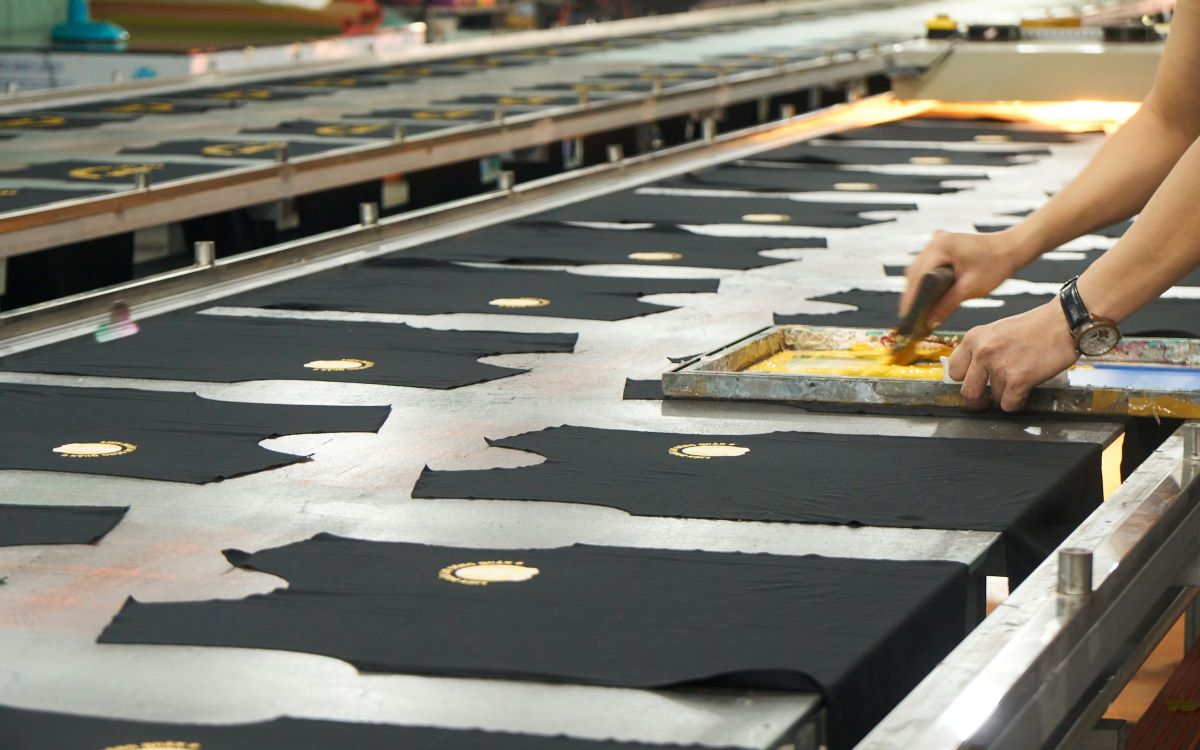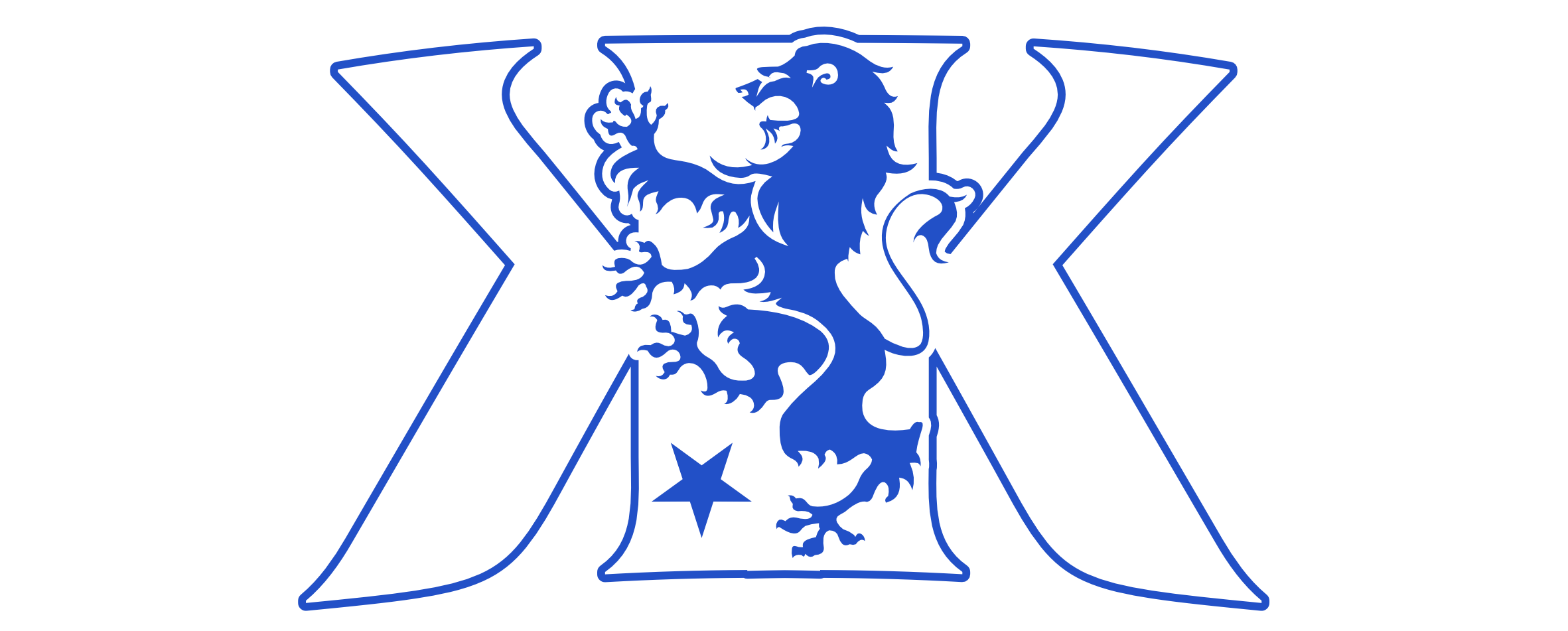Why does manual screen printing take longer than DTF?

Making screen-printed T-shirts for the first time? Beginners are bound to be confused when asked to choose a screen printing method. Manual screen printing and direct-to-film (DTF) each have their own advantages and disadvantages. If you prioritize quality, then manual screen printing is the answer. However, if you need fast results, then direct-to-film screen printing is worth considering. They are both screen printing methods, but why does manual screen printing take longer?
1. Many stages in the production process
Do you often think that the screen printing process is just printing the image and then immediately rubbing it? In fact, manual screen printing requires at least 5 steps.
- Design Preparation
After the design is approved by the customer and the screen printing staff, the next step is design printing. Unlike typical print models that contain various colors on every sheet, for screen printing requirements the images should be printed one-by-one based on the total number of the design. This process is called color separation. Forthe example, If there are 5 colors in the T-shirt design, then there will be 5 color prints.
- Imprint process
The imprint process is the process of copying an image. At this stage, the screen used as the screen printing medium will be cleaned to ensure the imprint process is maximized. After that, the screen will be coated with a special fluid, left to dry, and then completed with the exposure step, which means transferring the image from the film paper to the screen.
- Screen printing process
The next step is design transfer to the T-shirt. This stage needs to be repeated based on the total number of colors in the design.
- Drying
So that the screen printing result is durable and not easily peeled or cracked, the ink should be dried perfectly. However, the heat level also needs to be considered because if it is too high, it can cause the fabric to burn.
- Pressing
Pressing The pressing process is the final step in the screen printing procedure. The T-shirt will be pressed using special heating tools for 10–20 seconds to ensure the screen printing result sticks well to the fabric.
2. Need an extra detail
A different person handling the screen printing can also mean different results. As explained before, there are many procedures on manual screen printing, that need to be completed one by one. If it is handled by a careless person or in haste, there may be steps that are missed or not completed maximally. Whereas, one little mistake can affect the screen printing result.
3. Why DTF screen printing is faster?
DTF screen printing has a special printing device that can quickly transfer image designs to transfer film paper without having to print one by one based to the number of colors. Next, the film paper will be sticked to the T-shirt and pressed by the heat press machine for image sublime. DTF screen printing does not need to go through the process of separating colors, preparing the screen until drying so the process is shorter.
Now, you already know the reason why manual screen printing cannot be faster than DTF. If you want your T-shirt to be finished on time without delay, don't forget to order it early.
